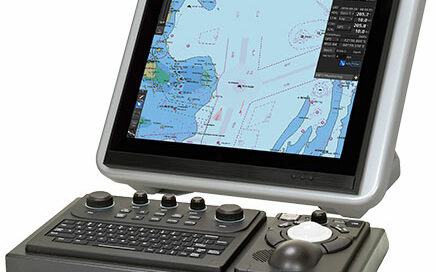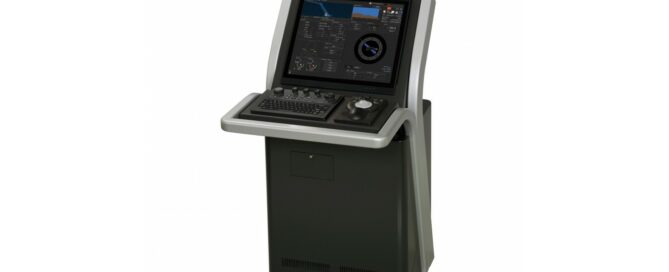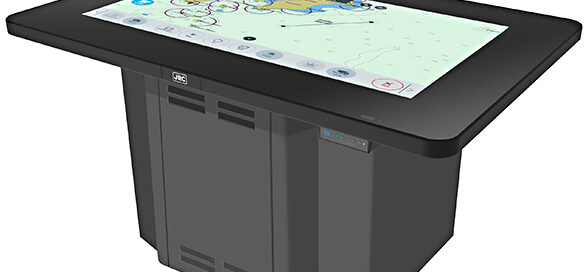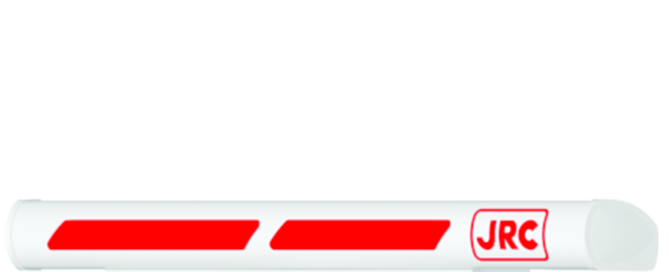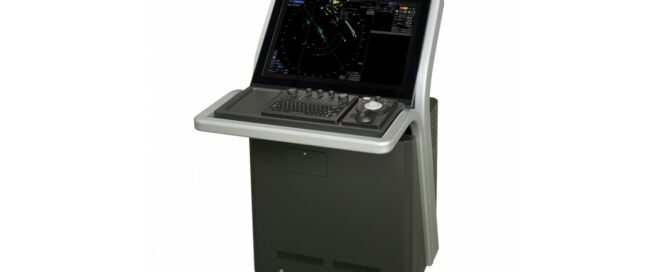JAN-7201
Following many decades of navigation experience and with a wealth of feedback from vessel owners, navigation officers and training institutions around the world, JRC introduces the latest, all-new Multi Function Display (MFD). Underneath the beautifully designed units, the MFD is packed with powerful components that give you smooth graphics, fast processing and all-round serious performance. Adding new functions along the lifetime of the MFD was the first thought. And will not be an afterthought. With the use of a license system and the assistance of near global communication via satellite, you can welcome new features onboard almost anywhere on the planet. All-in-all, the MFD is diverse, flexible and relevant to the many different markets and vessel types, it makes navigation dramatically more interactive and intimate than ever before - while keeping no compromise on the quality you expect from JRC.

